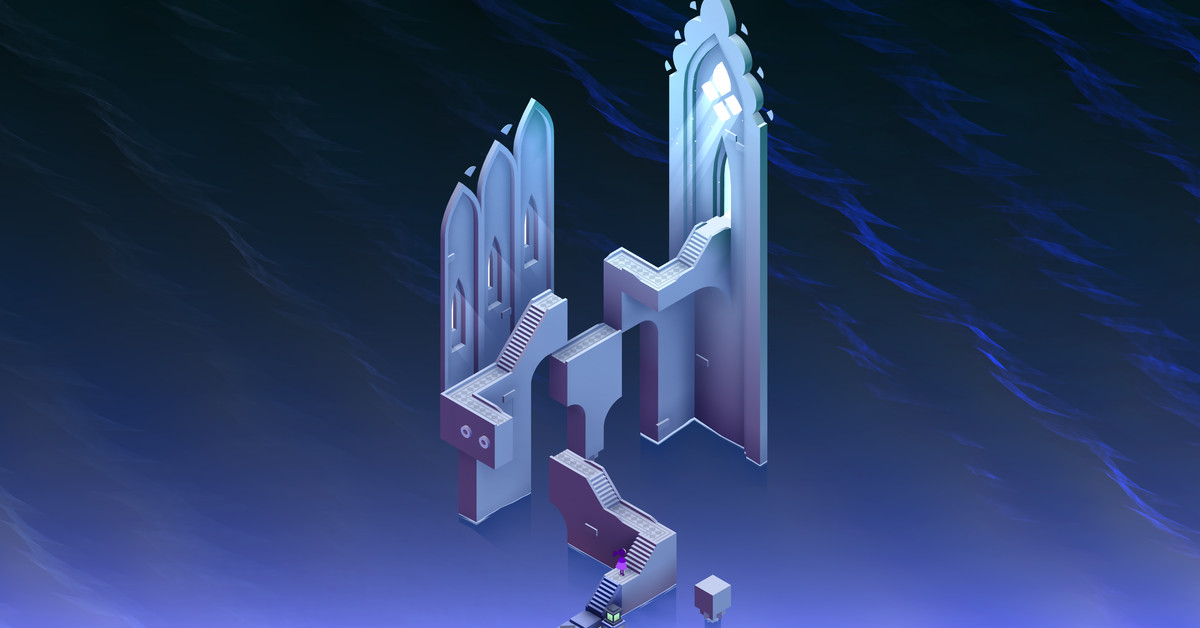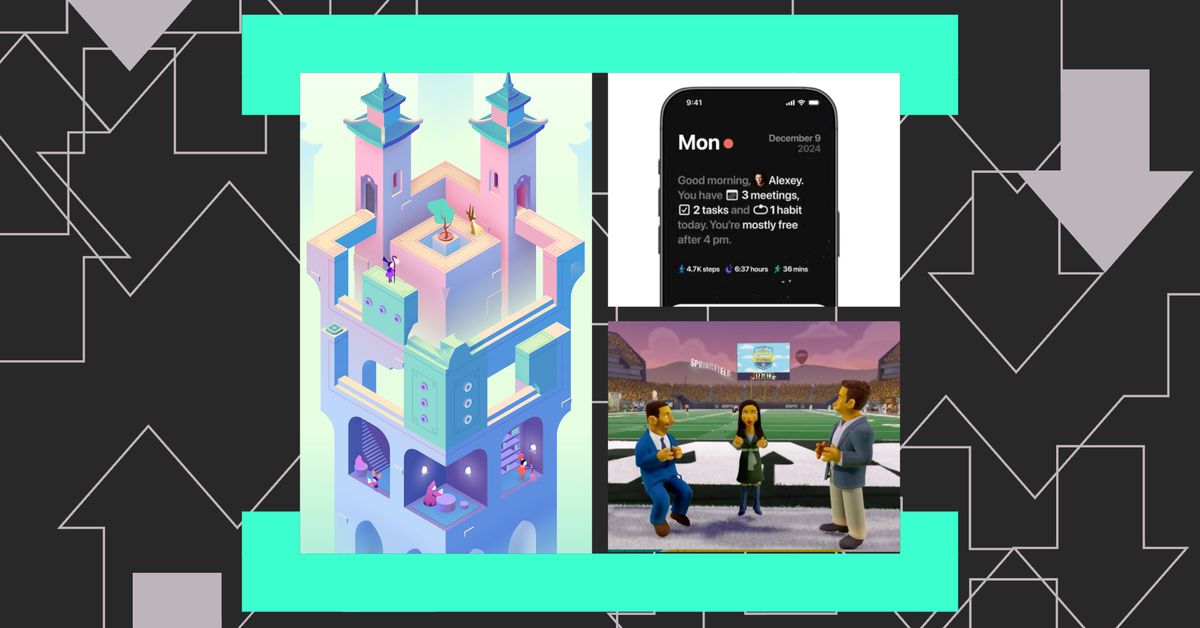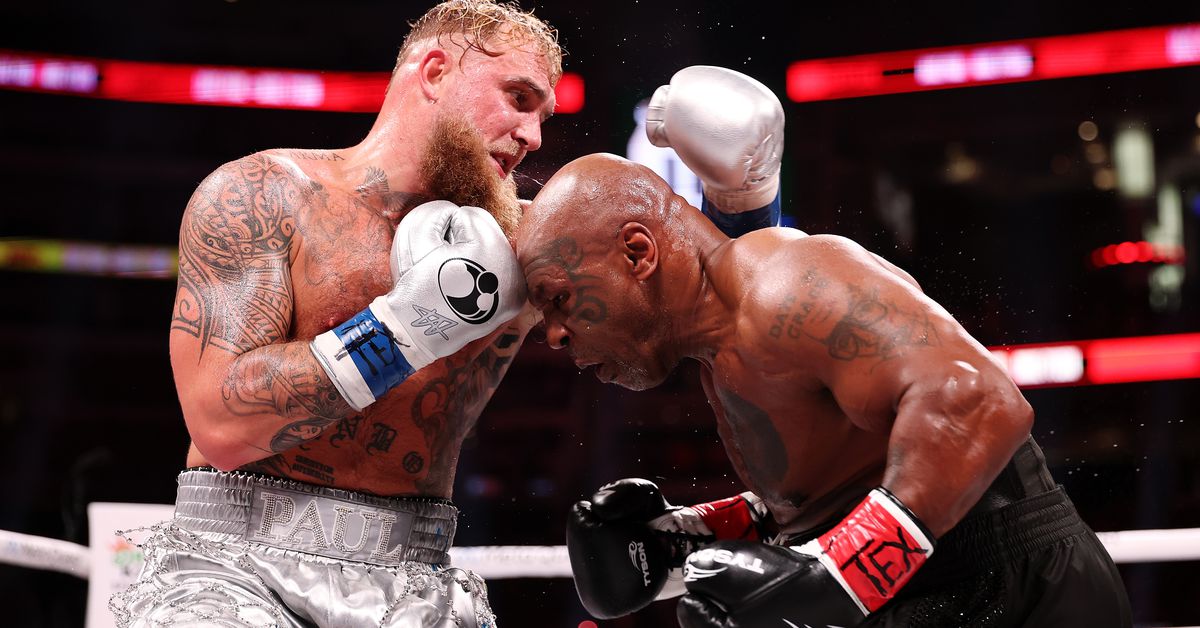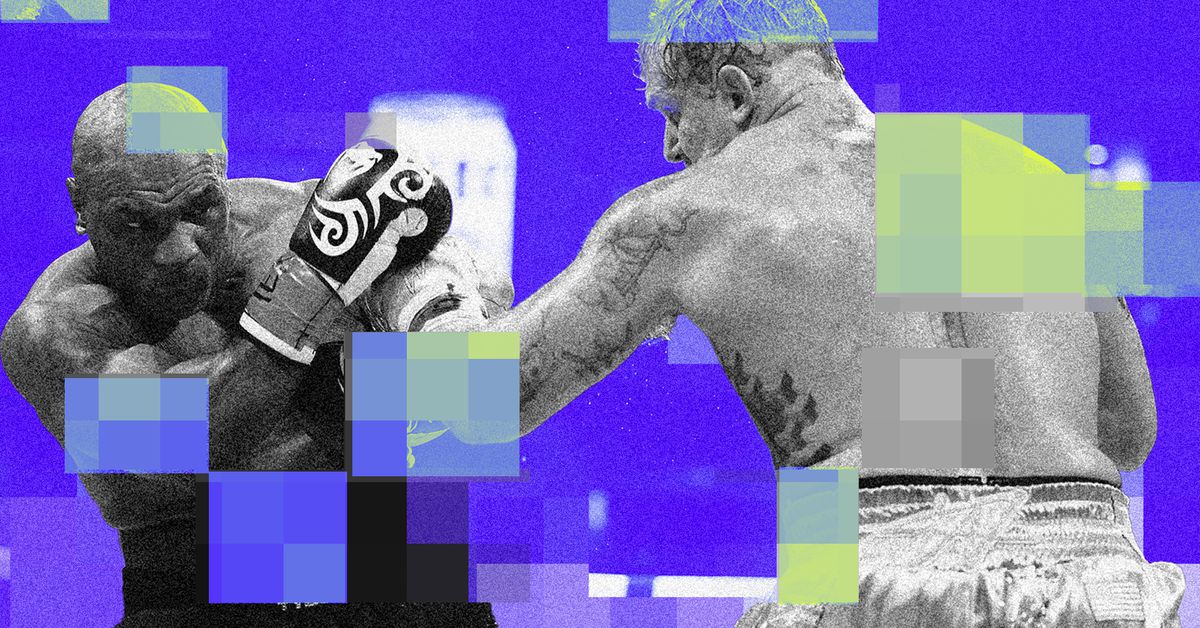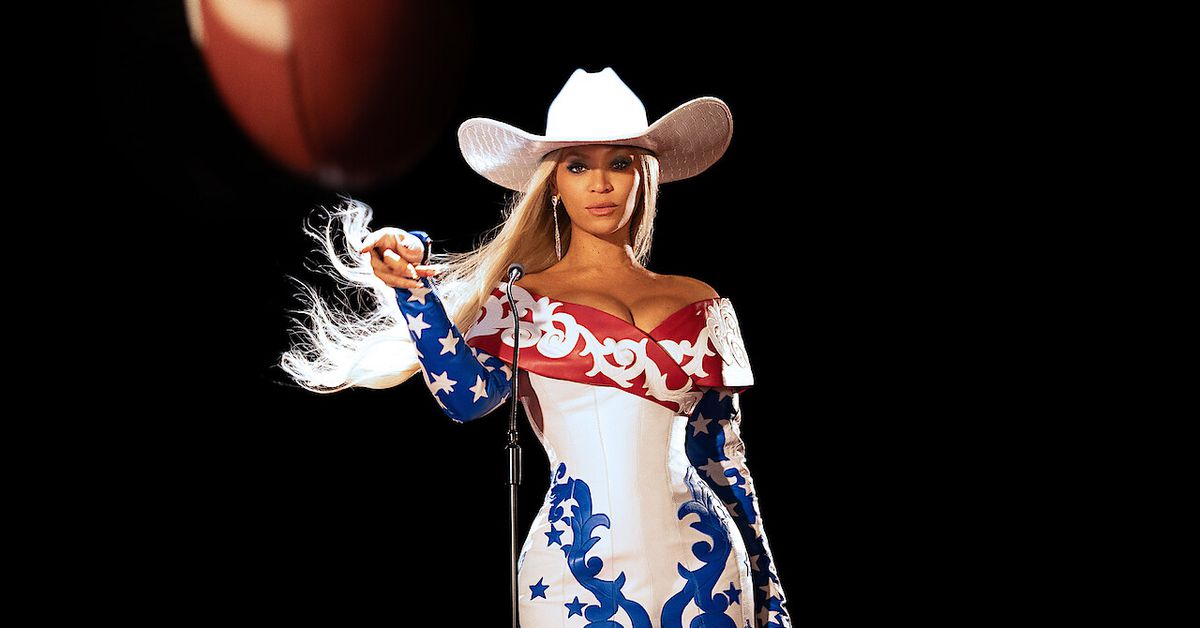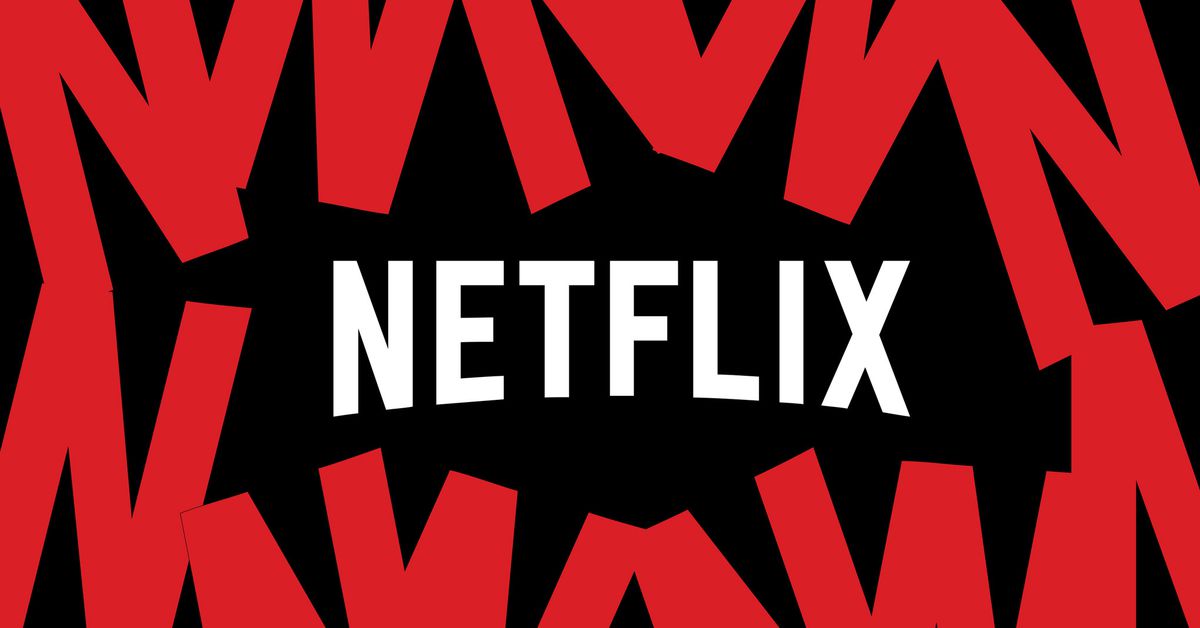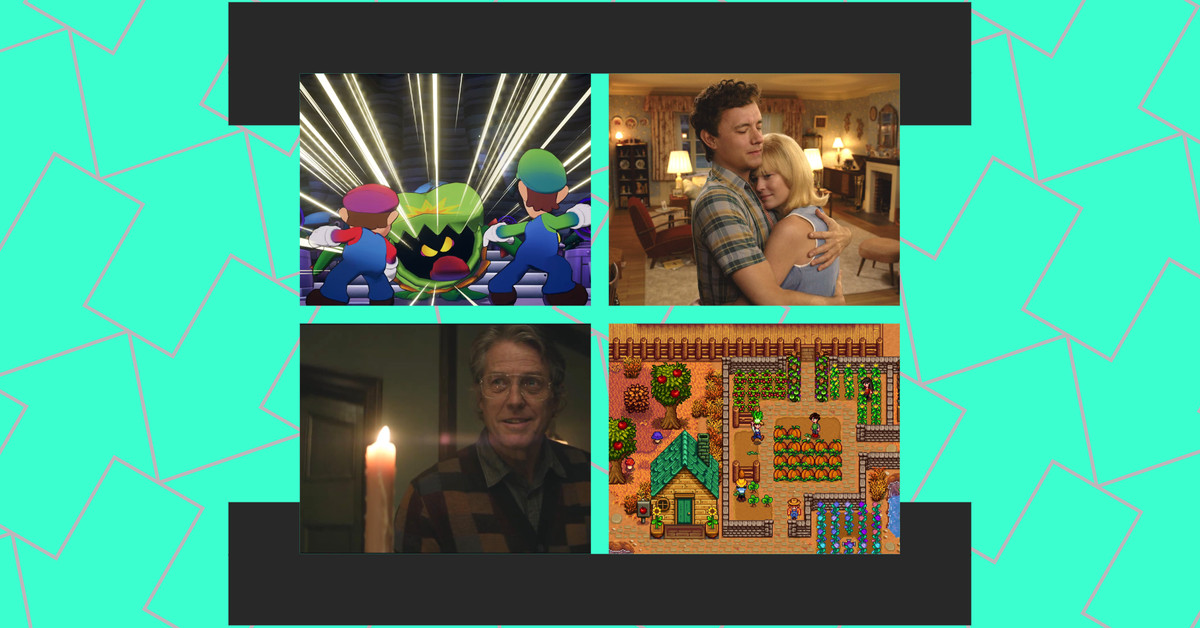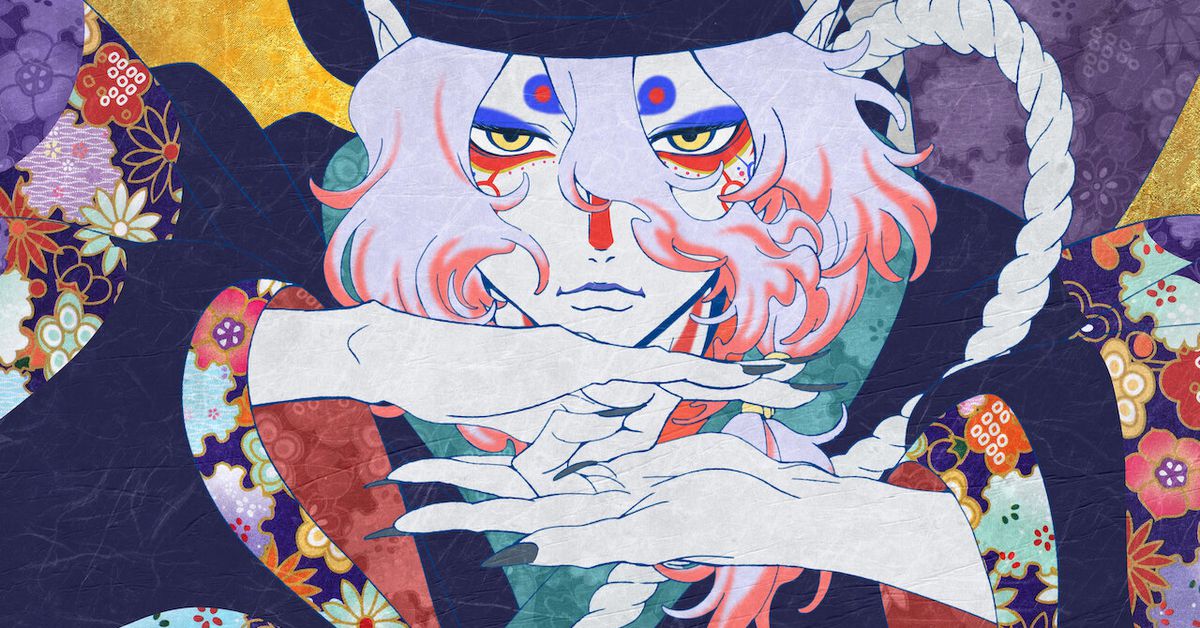Tucked away in a leafy part of south London, the historic Oval cricket stadium peeking above nearby houses, some 30 developers at Ustwo Games have been striving to solve one of the defining creative conundrums of modern entertainment: how do you balance the familiarity of a beloved franchise with freshness? The problem is exaggerated with Monument Valley, the acclaimed puzzle series that debuted in 2014. The architectural puzzles of the first entry already felt crystalline; the minimalist aesthetic was already fully formed. Can such a refined formula even be evolved?
Monument Valley 3, which arrives on mobile devices via Netflix on December 10th, answers that question confidently: yes, and then some.
In hindsight, 2017’s Monument Valley 2, an undeniably beautiful iteration of the era-defining original, didn’t push the envelope far enough. For the third entry, game director Jennifer Estaris says, “we knew we wanted to do a major change. We wanted to make a splash.” Estaris’ use of the word “splash” is instructive: at various points during Monument Valley 3, water begins to rise, submerging the looping staircases and Moorish towers that have defined the series. Elsewhere, players explore long stretches of open water on a boat, sailing along beautifully tessellated waves. Both offer a clue as to the more irreverent personality of this threequel — a desire to break with the past.
Nature and — most importantly — unruly, winding vegetative shapes, feature prominently in Monument Valley 3. It is a game about ecosystems. Genuine peril causes the game’s inhabitants to scatter. In a sense, they become refugees. An allegory for the climate crisis presents itself. But it’s not wholly accurate to think of Monument Valley 3 as growing directly out of The Lost Forest, a DLC add-on for Monument Valley 2, or that the expansion was a proof of concept for this wilder take.
Initially, a smaller team experimented with abandon. “We had a first-person version,” says Estaris. “We had a multiplayer version. We had one where you could create your own architecture. People could create their own levels.”
Slowly, themes began to emerge. The idea of found family became an anchor for the game’s developers, many of whom have migrant parents or, like Estaris, are new to the UK (she moved from Denmark). Lead designer Emily Brown, who grew up in the Middle East, remembers the team wanting to make a “more personal, people-oriented” experience — a counterpoint to the franchise’s, at times, coldly monolithic architecture. She recalls one scene that summed up the new direction: “a little hillside with little buildings on it, and a puzzle that takes place on a much smaller scale.” It became clear to Brown that Ustwo wasn’t making a “solitary” Monument Valley game. “It’s about bringing people together,” she says.
The first Monument Valley defined an era of premium mobile titles. It was the killer app for the iPad and iPhone, a game whose design-oriented ethos perfectly matched the form, function, and elegance of those devices. In the Ustwo studio, a chic, warehouse-type space with walls covered in colorful artworks, there is a shelf where a BAFTA award for Monument Valley sits. A dollhouse-sized model of Monument Valley is positioned on a table a handful of meters away, a physical ode to the franchise that has reached more than 150 million players. The series looms large in the studio’s psyche and occupies an important place in its finances.
“The first Monument Valley is a time capsule of 2013 / 2014 graphic design,” says lead artist Lili Ibrahim, referencing the clean lines of its perfectly crafted, impossible architecture and brain-massaging, soft-pastel color blends. Ibrahim wondered, “What can Monument Valley 3 be influenced by to create a time capsule of graphic design today?” She immersed herself in magazines, websites, and art exhibitions. Of particular resonance were “destructive” and “deconstructive” fashion editorials with paint splodges over the top of them and images butchered by gaping cut-out holes. Ibrahim attended a retrospective on the UK artist Cornelia Parker and saw the famous 1991 installation Cold Dark Matter: An Exploded View — essentially a freeze-frame of a garden shed at the moment of its obliteration. “Seeing this was so freeing to me,” she says. “I could imagine the buildings in Monument Valley doing this.”
This is precisely what happens in some of Monument Valley 3’s more visually striking puzzles. One origami-inspired stage, which is textured to evoke Japanese washi paper, sees architecture unfurl and unfold like a deconstructed 3D net. Another sees you literally exploding architecture in slow motion so that it comes to resemble a kind of blooming cubic flowerhead.
There is an ornateness to Monument Valley 3 that breaks with the restraint of previous entries. The curves of nature threaten to overwhelm the clean lines of the people-made structures; the colors are deep, rich, and at times, foreboding. Monument Valley 3 is a visually lusher, busier game than what came before. The level select screen sees the protagonist, Noor, standing in a lighthouse and rotating intricate stained glass panels. Diffuse light cascades through each resplendent image. The result is breathtakingly opulent.
An even bigger surprise is what’s happening to Monument Valley 3 after release. Ustwo is pivoting to a live-service model, albeit in a way that eschews the “grind” and “addictive, compulsive loops” of some free-to-play titles, says Estaris. Additional content will be released for at least a year after launch in the form of seasonal puzzles and storied chapters, a move that fits Netflix’s subscription model well. It presumably also makes solid business sense.
Estaris, who worked on the endless runner behemoth Subway Surfers before joining Ustwo in 2020, compares the base game to a piece of orchestral “classical music.” The additional content, meanwhile, is closer to “jazz” — looser, freer, and more experimental mechanically and visually. Estaris hopes players will develop a “healthy habit” with Monument Valley 3, akin to completing the “Sunday crossword puzzle.”
Monument Valley 3 arrives just over a decade after the original, and a lot more has changed than the decline of premium mobile and the rise of subscriptions. In 2014, users were still in their honeymoon period with smartphones and tablets. Now, the relationship has soured for many, who are reexamining their relationships with these devices. Short-form video has exploded thanks to TikTok, and there are concerns about the link between excessive screen time, social media use, and what some research groups call a “loneliness epidemic.” A common critique is that the extractive, capitalist logic of tech and digital media has intensified, finding newly vampiric ways of bleeding users’ attention dry.
Danny Gray, Ustwo’s chief creative officer, once called the original Monument Valley a “sanctuary in your pocket.” He emphasized that you could pull out your smartphone anywhere — the bus, the toilet, the airport — and enter into a chill Zen-like space. You feel this sensibility even more acutely playing Monument Valley 3. For all the various ways it moves with the times — the live-service pivot, newly embellished visuals, and freeform gameplay — its meditative core remains intact. This is no mean feat in an era when most digital media and, crucially, the act of interfacing with it, feels defined by a kind of anxiety and restlessness.
“I’m not saying Monument Valley 3 is a perfect corrective to all that,” says lead producer John Lau. “But it is made in the spirit of something that is not disposable — something that you can cherish and take with you as a memory.”
